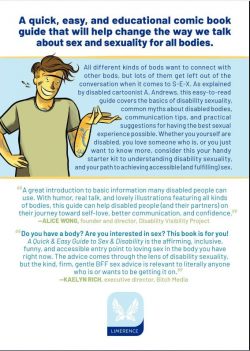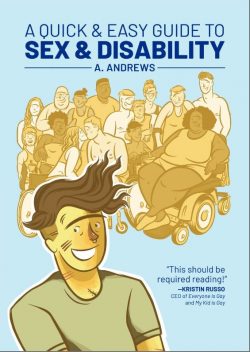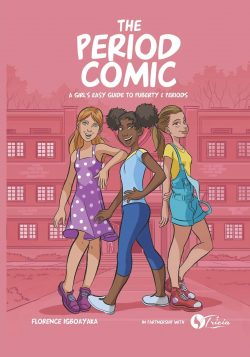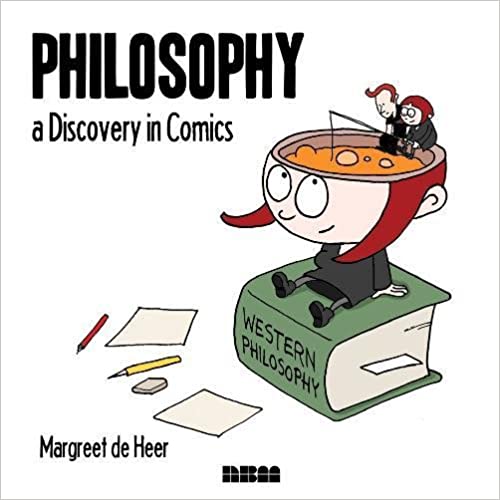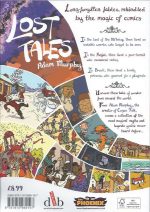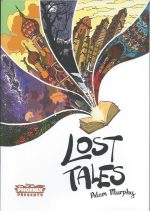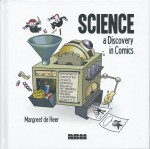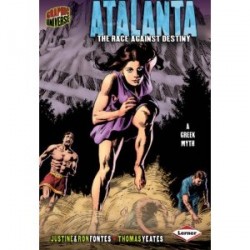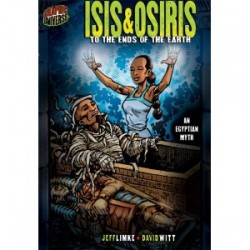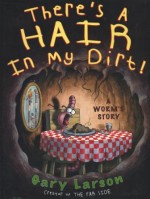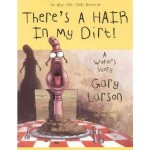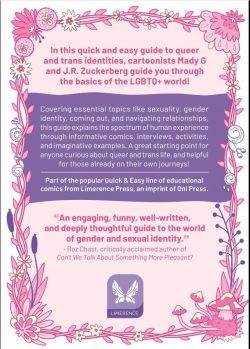
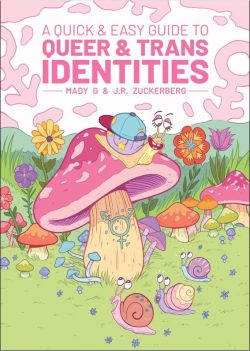
By Mady G & J.R. Zuckerberg (Limerance Press/Oni Press)
ISBN: 978-1-62010-586-3 (PB) eISBN: 978-1-62010-587-0
Here’s a handy rule of thumb for getting along. People get to decide what to call themselves. You get to accept and agree with them, as long as no one is being actually harmed. That assessment is to be made by Law, not personal belief or some higher calling. If you can’t accept their definitions of themselves, you have the right to leave people alone and never interact with them.
Okay?
We are the naming primate. If we encounter something unknown and/or scary, we give it a description, definition and title and accept it into our ever-expanding understanding of Reality. It’s what enabled us to take over this world. Naming things is generally a good thing and allows us to navigate our universe.
Some people, however, use the power of naming to isolate, ostracise and wound. They are not doing it right. People like us have plenty of really fitting names for people like them when they abuse our gift…
Seriously though, it seems like every time we make a move towards greater inclusivity, some faction of retrograde, regressive backwards-looking churl and biological luddite manufactures a reason why we can’t all get along.
I personally favour retaliation, but the only way to truly counter them is with understanding, so here’s a book that offers plenty of names and definitions we should all be adding to our lexicons…
I’ve frequently argued that comic strips are a matchless tool for education: rendering the most complex topics easily accessible and displaying a potent facility to inform, affect and alter behaviour. Here’s a splendid example of the art form using its great powers for good…
The Quick & Easy Guide series has an admirable record of confronting uncomfortable issues with taste, sensitivity and breezy forthrightness: offering solutions as well as awareness or solidarity.
Here, coast-to-coast cartoonists Mady G. and J. R. Zuckerberg collaborate on a bright and breezy primer covering the irrefutable basics on establishing one’s own sexual and gender identity (including the difference between those terms), safely navigating all manner of relationship and exploring the spectrum of experiences available to consenting adults.
A major aspect of us People Primates is that we spend a lot of our lives trying to work out who we are. It takes varying amounts of time for every individual and lots of honesty.
It’s like most work. It can be unwelcome, laborious, painful and even dangerous and nobody should attempt it too soon or alone.
Moreover, all too often, assistance and advice offered can be unwelcome and stemming from somebody else’s agenda. In my own limited experience for example, any sexual guidance offered by anybody with a religious background is immediately suspect and a waste of breath. Perhaps your experience is different. That’s pretty much the point here. In the end, you have make up your own mind and be your own judge…
Unlike me, A Quick & Easy Guide to Queer and Trans Identities takes no sides and offers no bias as it runs through the fundamentals, but only after a Foreword from cartoonist and author Roz Chast and an Intro by Mady lay out the rules of engagement on the attaching and utilisation of the labels and roles gradually becoming common modern parlance…
The micro lectures are set during a wilderness trek where an agglomeration of troubled humans have a group teaching encounter under the supervision of a “Queer Educator†endeavouring to define for them the nature of ‘Queerness’…
The useful commentary, educational asides and plentiful laughs are generated by a colony of snails avidly observing proceedings like a raucous and bewildered Greek Chorus. Such gastropods, as I’m sure you recall from school, are either male, female, hermaphroditic or something else entirely, depending on what time it is. Now that’s perspective…
Subjects covered with forthright verve, clarity and – crucially – wry wit begin with ‘What is Queer?’, proffering terms for defining Sexuality and Gender as subdivided into Bisexuality, Asexuality, Pansexuality amongst other permutations. These and later lessons are illustrated with examples starring primarily neutral vegetable critters dubbed The Sproutlingswho are conveniently pliable and malleable…
‘What is Gender Identity?’ digs deeper, discussing Gender vs Sex via a little biology tutorial before ‘Now… What’s Gender Expression?’ expands the debate, determining modern manners and ways of signalling the world what one has decided is a person’s (current, but not necessarily permanent) status. The lecture comes with carefully curated real-world examples…
This is all fine in an ideal world, but contentious, often life changing problems that can occur are tackled head-on in ‘What Does Dysphoria Mean?’, detailing examples of the traumas accompanying the realisation of not being how you believe you ought to be. Divided into Physical, Social and non-binary Dysphoria, the examination includes ways of combatting the problems and more case histories courtesy of the human wilderness students…
In swift succession ‘So, what is Asexuality?’ and ‘What does it mean to Come Out?’ offer further practical thoughts and prospective coping tactics before vital life lessons are covered in ‘Here are some Relationship Basics’.
Also included here are an “Outro†by Zuckerberg and a section of activities including ‘Design a Pair of Friendship Jackets’, ‘Create Your Own Sprout-sona!’ and ‘How to make a Mini Zine!!’ as well as information on ‘More Resources!’and Creator Biographies.
I hail from a fabulous far-distant era where we happily ravaged the planet without a qualm but believed emotional understanding led to universal acceptance. We’re apparently smarter about the planet now, and it’s wonderful to see that the quest to destroy intolerance and ignorance still continues. This witty, welcoming treatise offers superb strategies for fixing a pernicious issue that really should have been done and dusted decades ago.
Hopefully, when we all share appropriate, non-evocative and un-charged terms for discussing human sexuality and gender – such as seen here – we can all make decisions and assessments that will build a fairer, gentler world for everybody…
A Quick & Easy Guide to Queer and Trans Identities ™ & © 2019 Mady G & J.R. Zuckerberg. All rights reserved.

